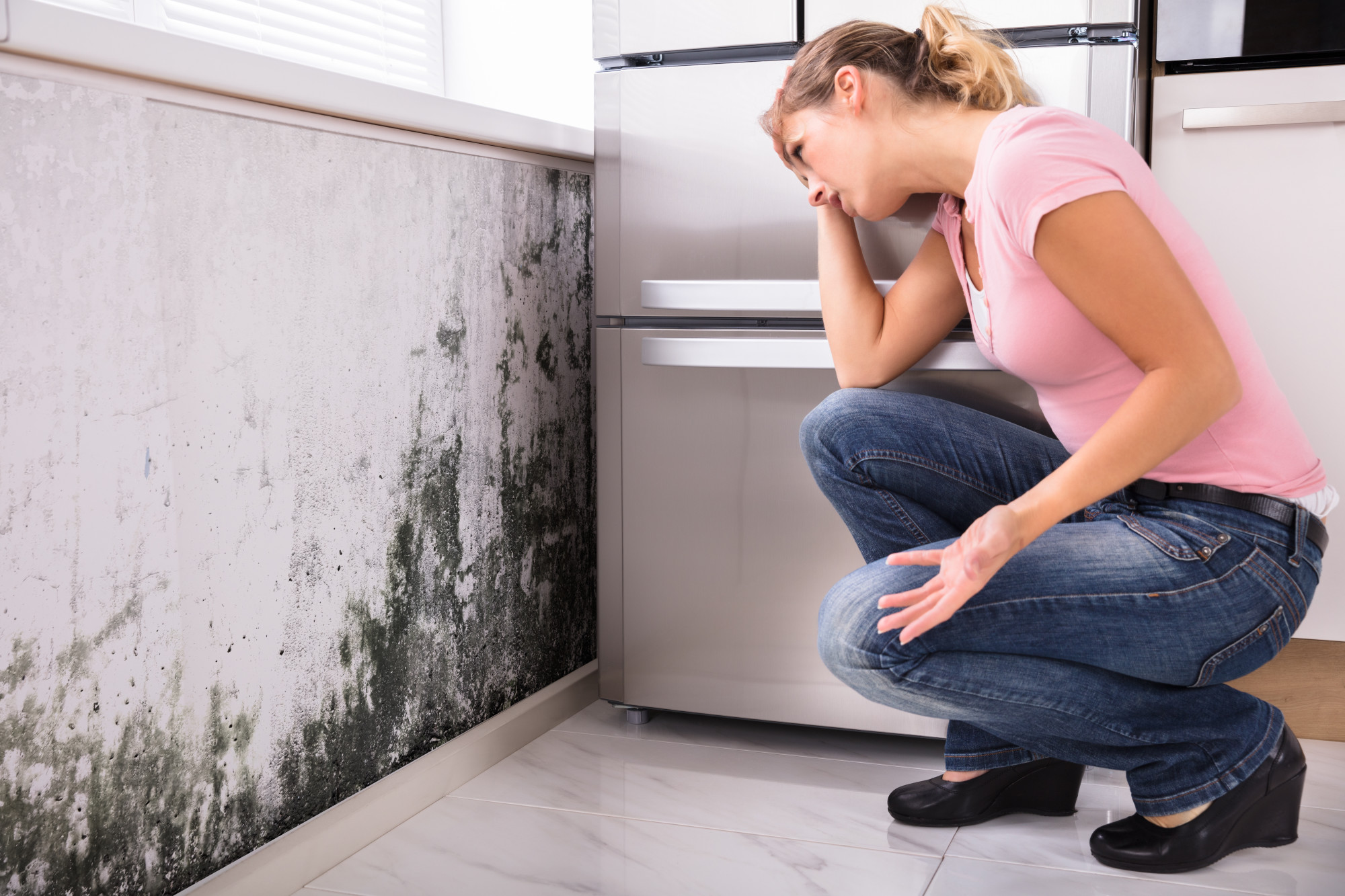
Mold Prevention 101: How to Keep Mold from Forming in Your Home
Mold in the home is a huge health risk to you and your family.
The real problem with mold is that it can grow and become a big issue without many detectable qualities. That makes it difficult to prevent and get rid of mold when it forms. You’re not completely hopeless, though.
Today, we’re going to talk about preventing mold in the home. There are some fairly straightforward methods you can use that’ll stop mold before it happens. If you want to protect your family from this silent assassin, then you’ve got to take special measures.
Preventing Mold in the Home
The key to preventing mold in the home is learning a little bit about how it grows and where your home is susceptible to mold. When undetected, mold can spread fast and then you’ll need to take more drastic measures like professional mold testing. As we’ll learn, mold prevention is all about controlling moisture.
Dry Wet Areas
Mold attacks quickly, so you need to take action immediately when you notice a wet area. Within 2 wet days, you could be dealing with a mold problem.
Always make sure that you dry your laundry and air dry wet towels. Pat down your countertops and leave the bathroom vent on after you take a shower. As you’ll learn, there are going to be problem areas that you’ll need to treat more often.
Identify Problem Areas and Keep Them Clean
Basically, any area that consistently gets wet is going to be a problem area for mold growth. Under sinks, in the shower, anywhere that you notice leaks; all these places are hotbeds for mold.
Making sure that these areas are dry after using them is a great first step to take, but every few days, give them a quick clean with disinfectant cleaning product as well.
Find Potential Leaks
Leaks happen, especially if you’re in an older home. Always be on the lookout for leaky pipes and water coming through cracks in the walls of your home. Doorways that walls that aren’t well-insulated are susceptible to mold growth, so check that these are sealed properly and pat down your walls to check for moisture.
The most mold-vulnerable area in any house is the basement. It’s where you’re closest to underground pipes and it’s where water will try to go after a rainstorm. If you notice a musty smell in your basement, you’ve already got issues.
Try installing a dehumidifier, a foundation drain, or leave windows open during the day. If you trap moisture in your basement, mold will almost certainly manifest.
Increase Air Flow
As with your basement, you should try to let fresh airflow through your home as much as possible, and especially after you notice a leak or some wet spots. It’s a pain, but if you move furniture away from the walls, take any artwork down, and open doors, you’ll better circulate the air and prevent mold.
Don’t Let Mold Take You By Surprise
Taking precautionary measures will let you rest easy knowing that mold probably isn’t growing in your home. It’s important to test every now and then to be absolutely certain that you’re mold-free, but now that you know the importance of preventing mold, you can keep a close eye on the moisture in your home.
Did you find this article helpful? Check out more from our blog to read about anything from household care to starting a business.
